Laurie Simmons unpacks domestic ideals and the American dream in US retrospective
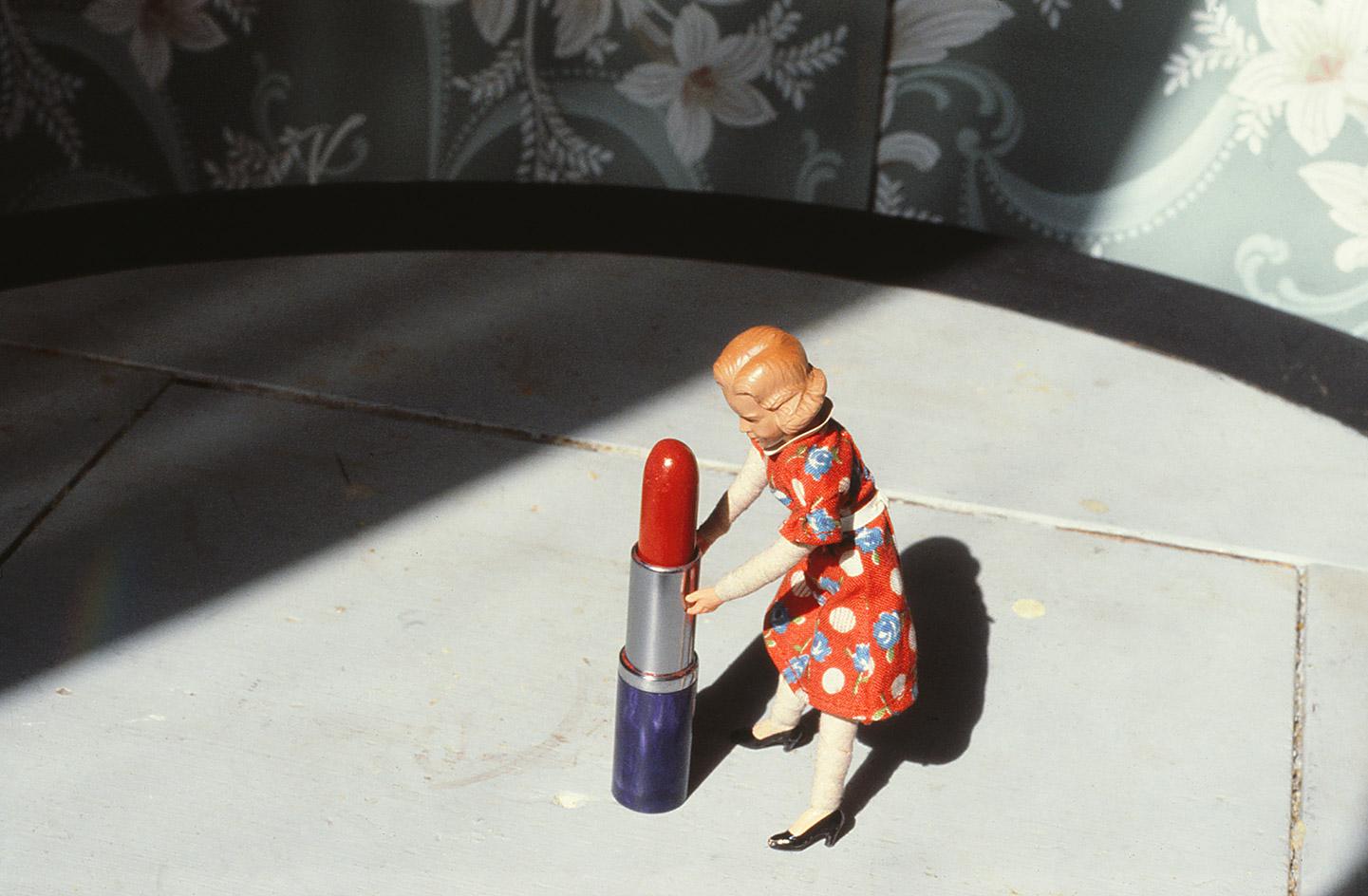
In the 1970s, Laurie Simmons made ends meet as an artist by working as a photographer for a dollhouse miniature company. There she began to photograph the dolls and toys for her own work, unpacking gender relationships, the domestic ideal of the 1950s, and the myth of the American dream in tiny, staged scenes.
‘I was simply trying to recreate a feeling or mood from the time I was growing up,’ Simmons said in a statement, ‘a sense of the 1950s that I knew was both beautiful and lethal at the same time.’ The series, which went on to form Early Black & White (1976-78), serves as the namesake for ‘Laurie Simmons: Big Camera/Little Camera’, a major survey of the the former Wallpaper* Guest Editor’s work at the Modern Art Museum of Fort Worth in Texas.
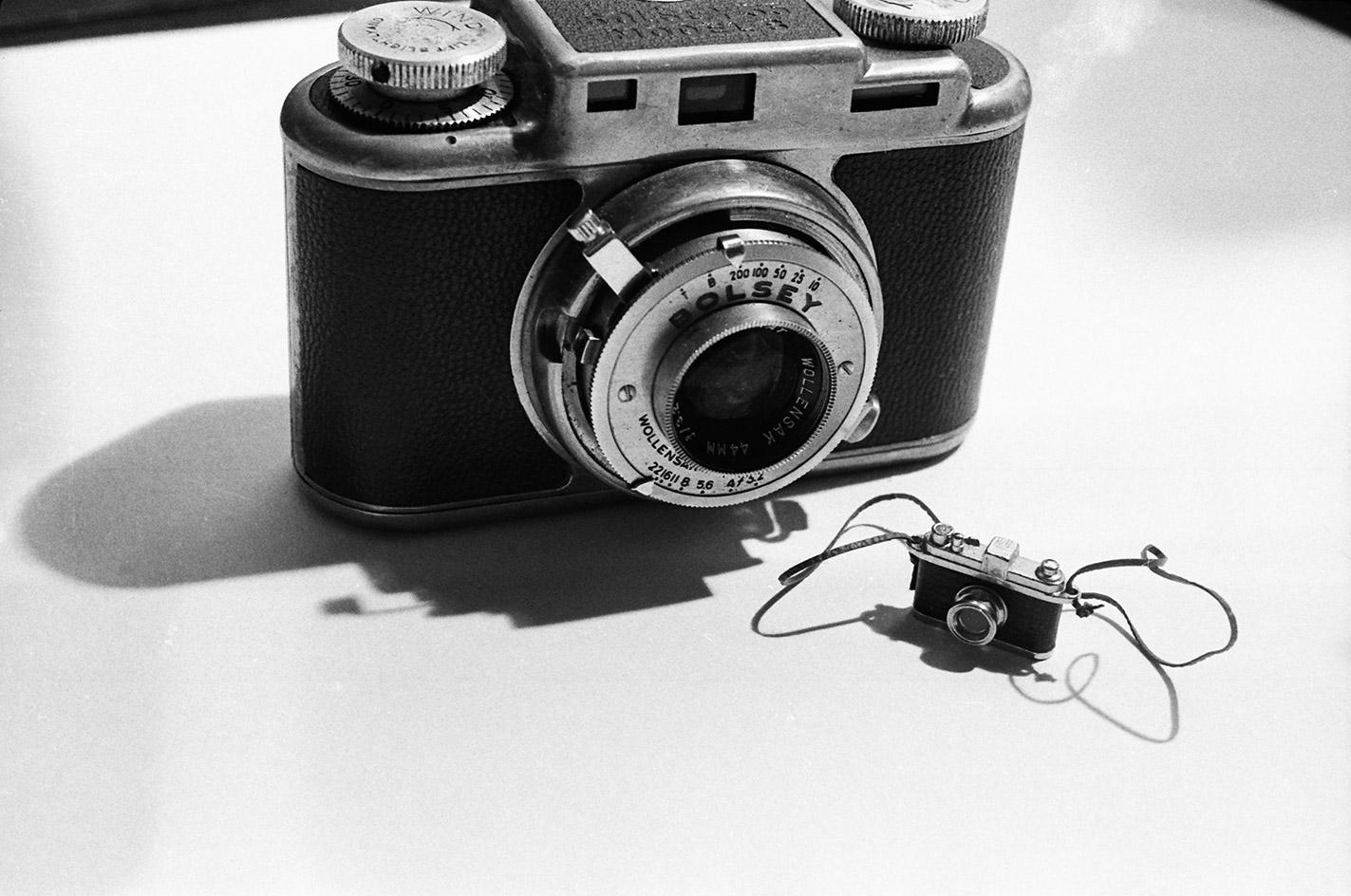
Big Camera/Little Camera, 1976, by Laurie Simmons, gelatin silver print.
The eponymous image, Big Camera/Little Camera (1976), depicts a small toy camera next to one given to Simmons by her father: ‘I put the two cameras together for scale, and as a metaphor – real life versus fiction. It was also a statement about what I intended to do with the camera.’
The retrospective spans four decades of work by Simmons, including her renowned series Walking & Lying Objects (1987-1991), in which the artist began to work with larger, fantastical props; The Love Doll, (2009-11), centring on luxury life-size Japanese dolls; and How We See (2015), where young women seemingly stare out at us through closed eyes, painted like those of dolls.
Together, the bodies of work on view at the Tadao Ando-designed museum trace her career-long fascination of gender roles, with these themes moving to the forefront of the cultural conversation in 2018. The show includes screenings of two video works, The Music of Regret (2006), featuring Meryl Streep, and My Art (2016) – written and directed by, and starring Simmons – a feature-length film about a New York artist’s relationship to her work, Simmons herself becoming the performer of an identity, the artist, the object.
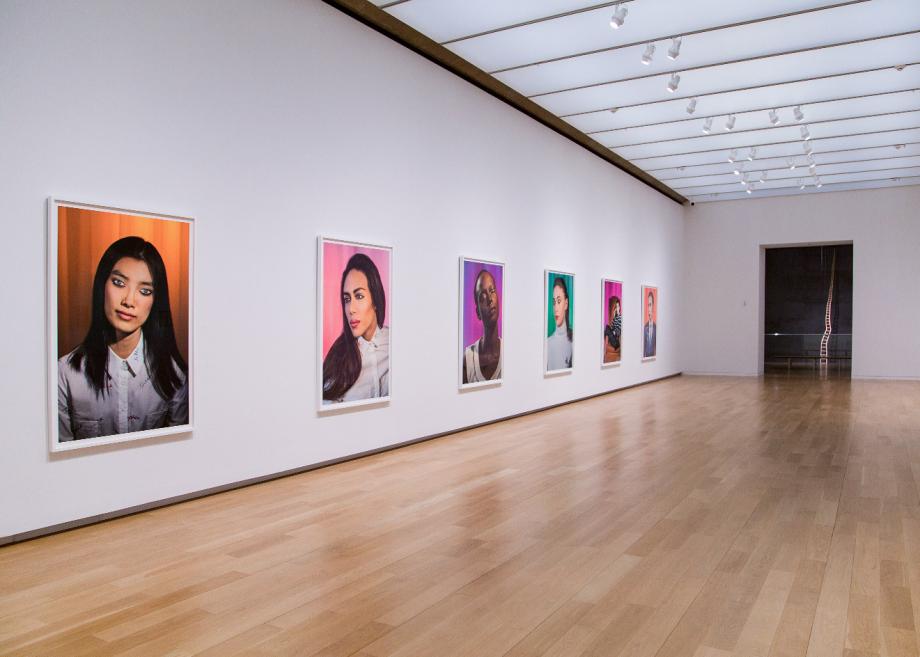
Installation view of Simmons’ 2015 series How We See at the Modern Art Museum of Fort Worth.
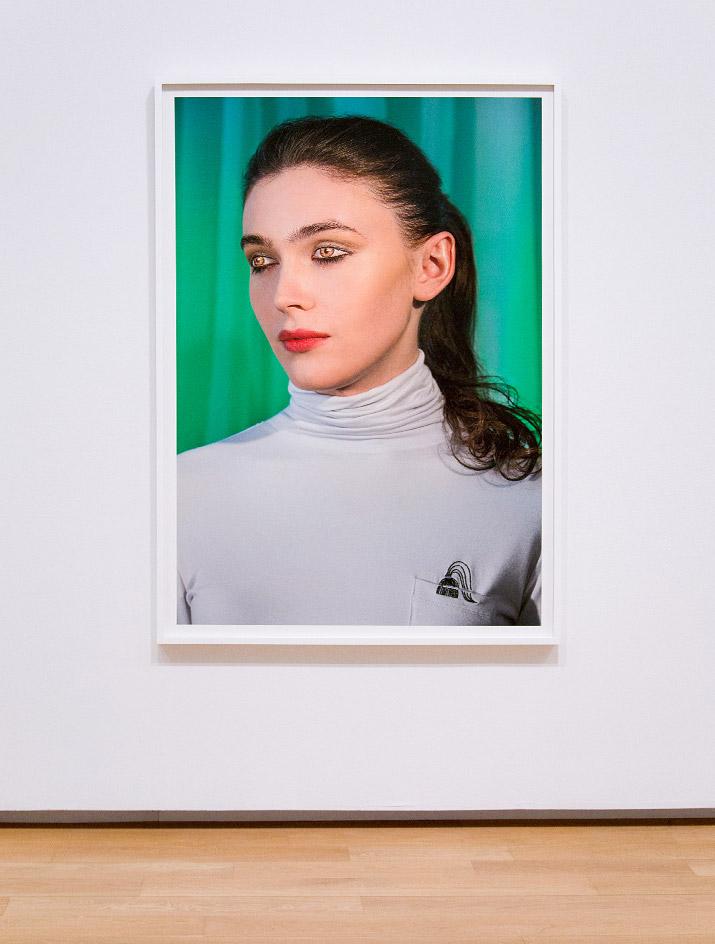
How We See/Edie (Green), 2015, by Laurie Simmons, pigment print.
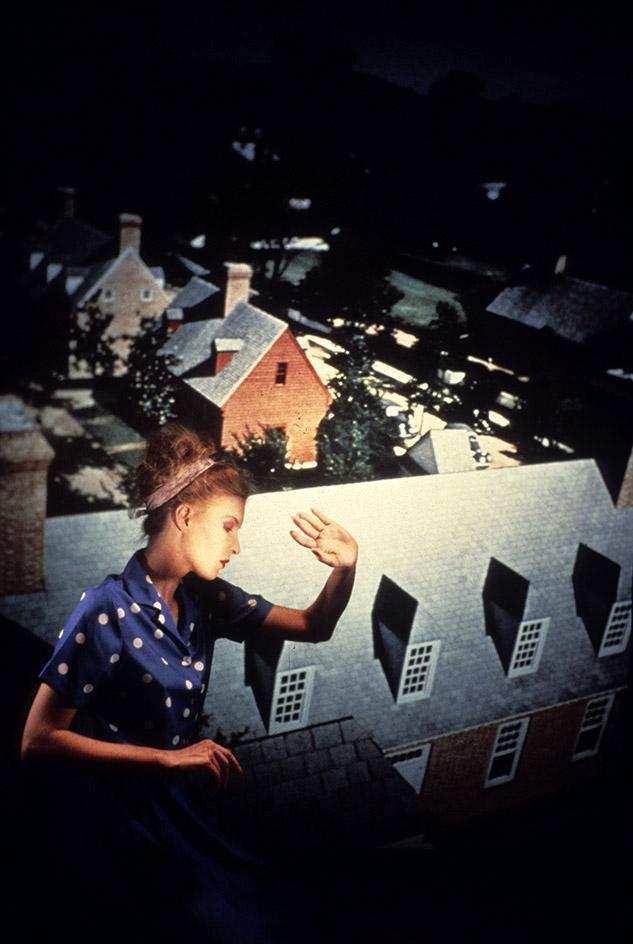
Rooftop, 1984, by Laurie Simmons, pigment print.
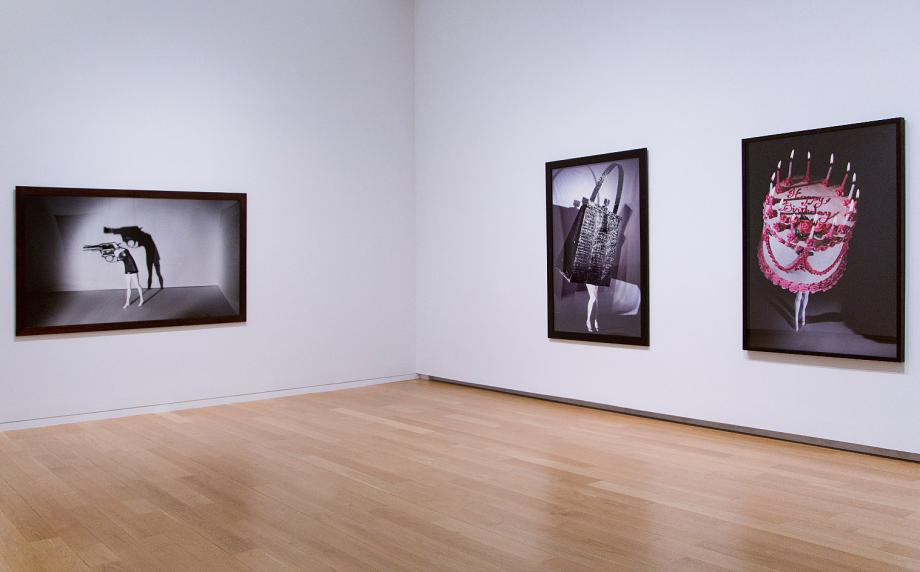
From left, Walking Gun, 1991, gelatin silver print; Walking Purse, 1989, dye destruction print; and Walking Cake II (Color), 1989, pigment print, by Laurie Simmons.
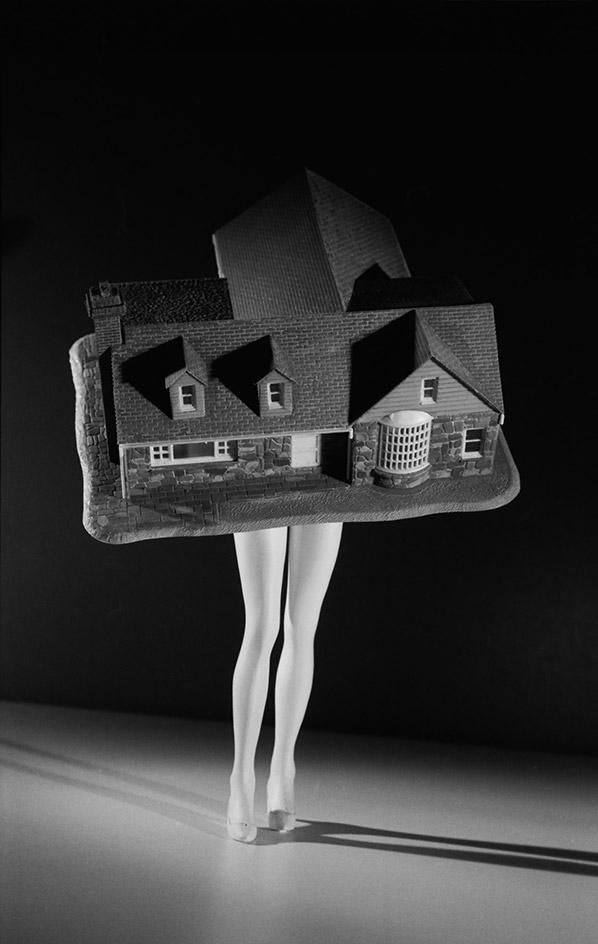
Walking House, 1989, by Laurie Simmons, pigment print.
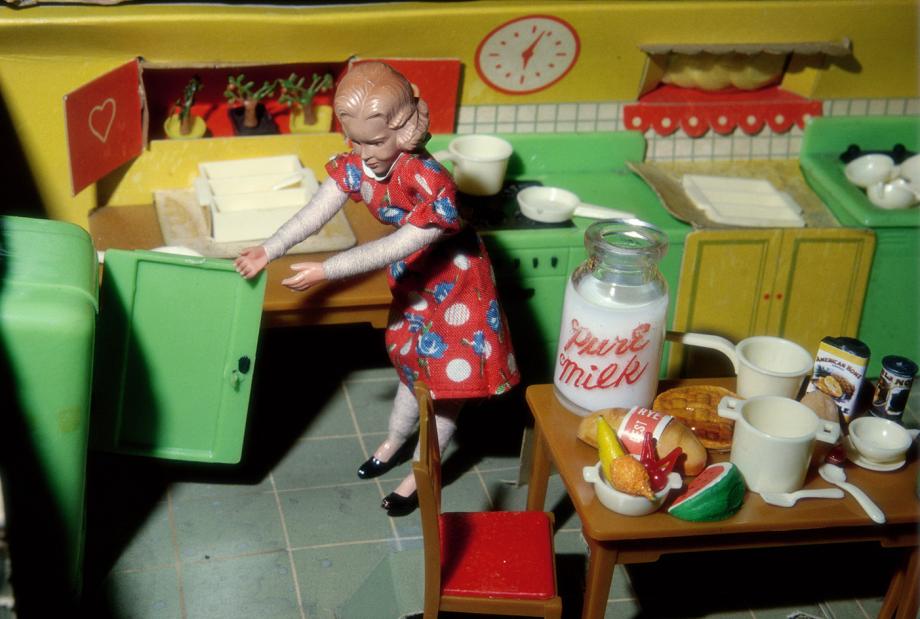
Woman Opening Refrigerator/Milk to the Right, 1979, by Laurie Simmons, Cibachrome print.
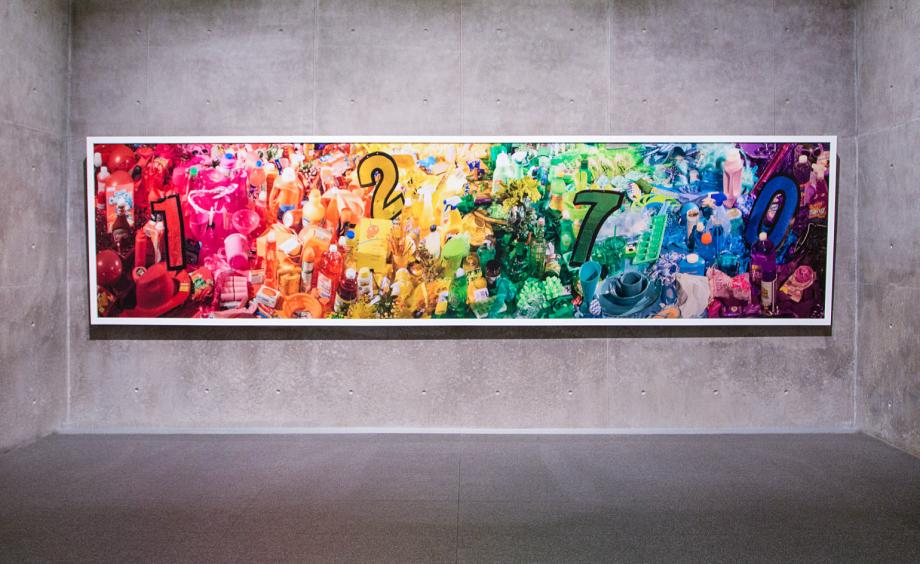
2017: The Mess, 2017, by Laurie Simmons, pigment print.
INFORMATION
‘Laurie Simmons: Big Camera/Little Camera’ is on view until 27 January 2019. The exhibition will then travel tp the Museum of Contemporary Art Chicago, where it will run from 2 Ferbruary – 5 May 2019. For more information, visit the Modern Art Museum of Fort Worth website
Receive our daily digest of inspiration, escapism and design stories from around the world direct to your inbox.
ADDRESS
Modern Art Museum of Fort Worth
3200 Darnell Street
Fort Worth
Texas
-
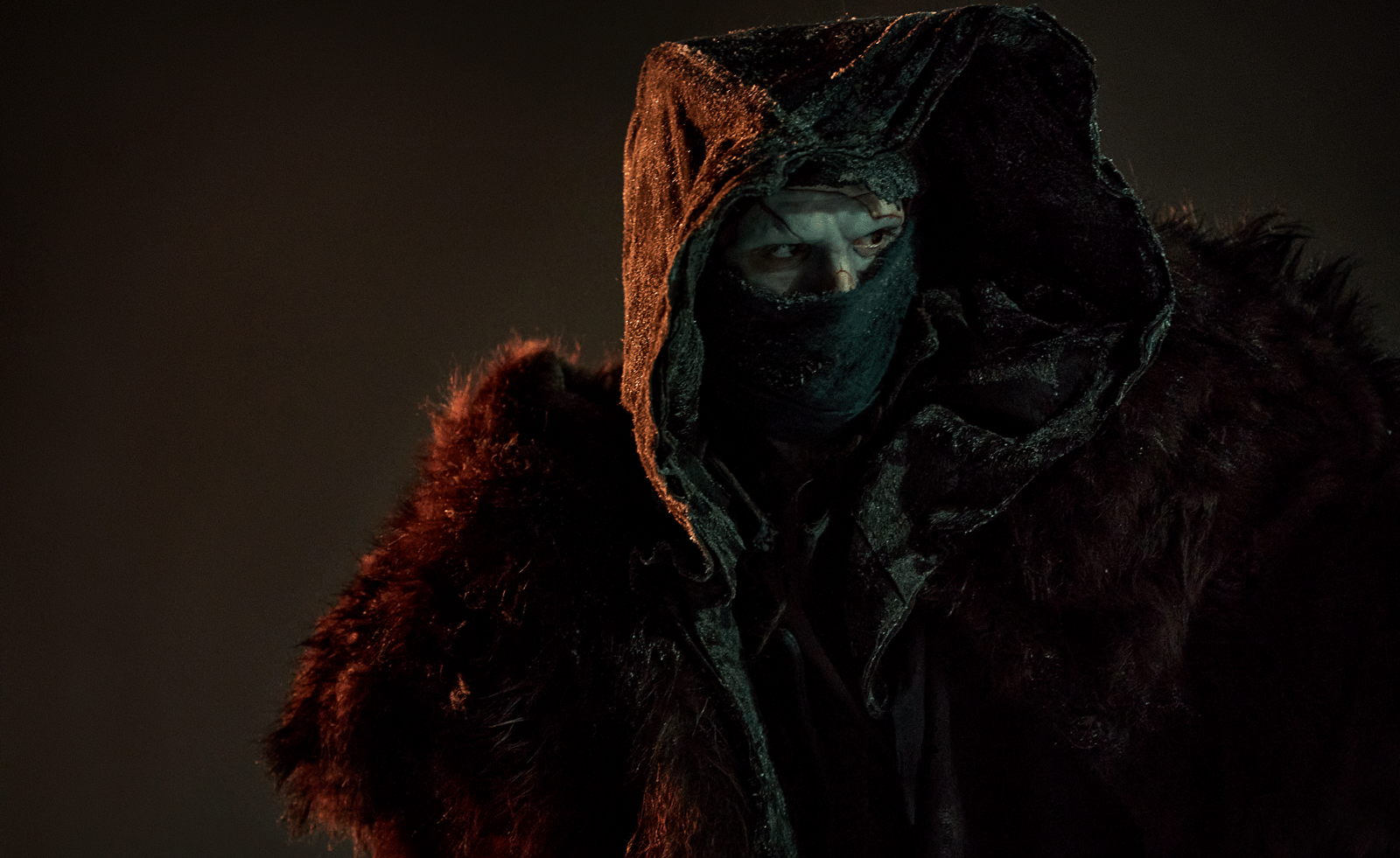 Does Guillermo Del Toro’s Frankenstein summon the gothic flamboyance of Mary Shelley’s novel?
Does Guillermo Del Toro’s Frankenstein summon the gothic flamboyance of Mary Shelley’s novel?The visionary filmmaker was inspired by the famous 1931 adaptation of the book, but his long-gestating version is closer to its author’s astonishingly vivid tone
-
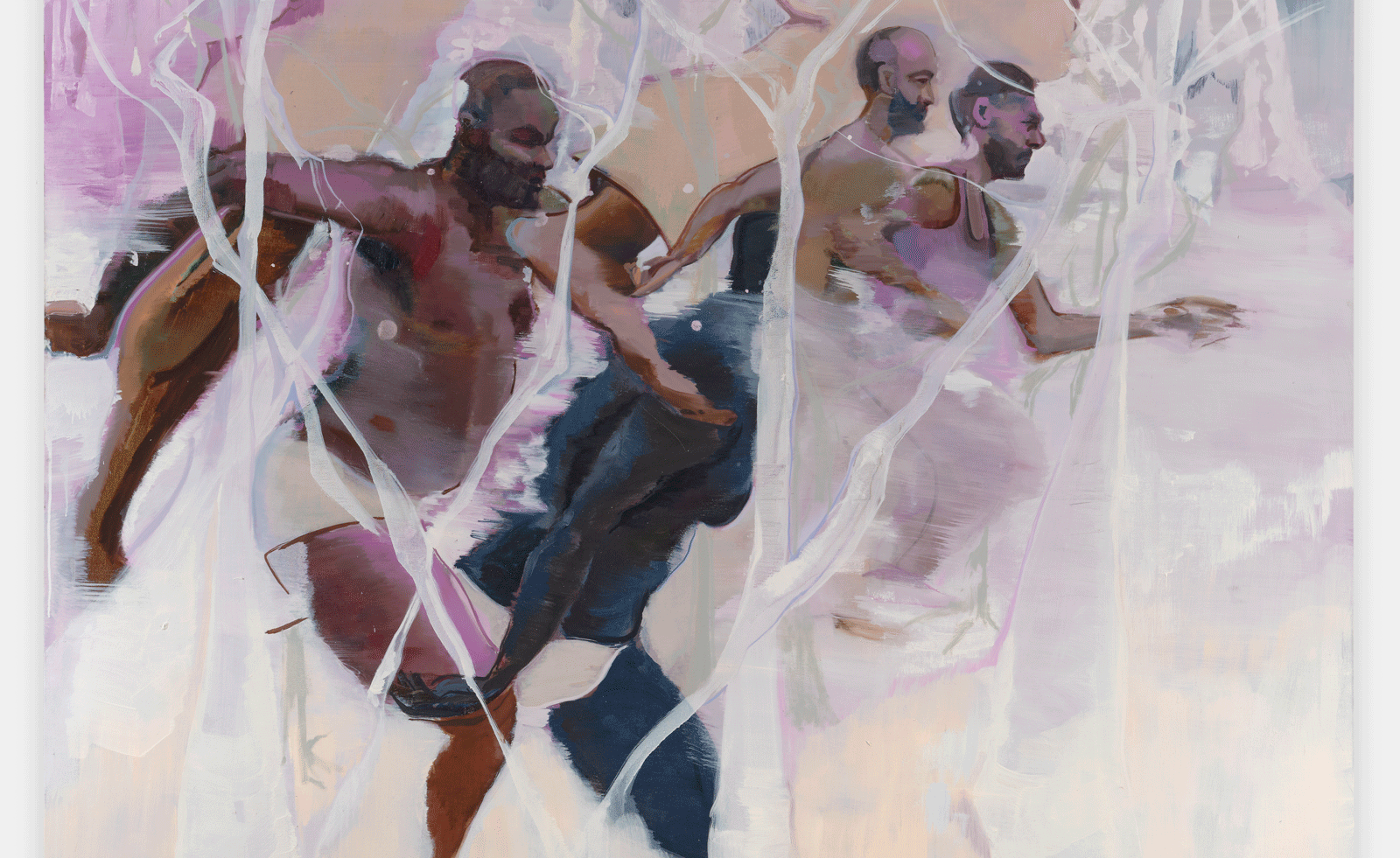 Artist Shaqúelle Whyte is a master of storytelling at Pippy Houldsworth Gallery
Artist Shaqúelle Whyte is a master of storytelling at Pippy Houldsworth GalleryIn his London exhibition ‘Winter Remembers April’, rising artist Whyte offers a glimpse into his interior world
-
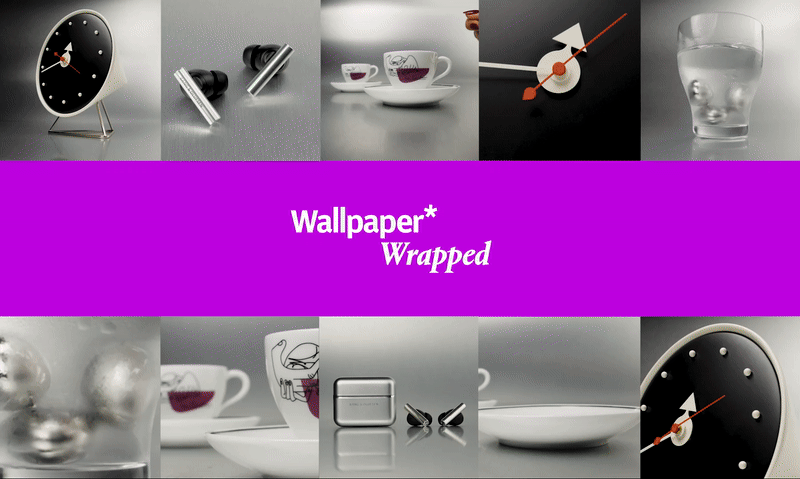 Little gift ideas from the Wallpaper* editors
Little gift ideas from the Wallpaper* editorsThese micro icons, from design and beauty pieces to tech and fashion, are ideal for filling stockings this festive season
-
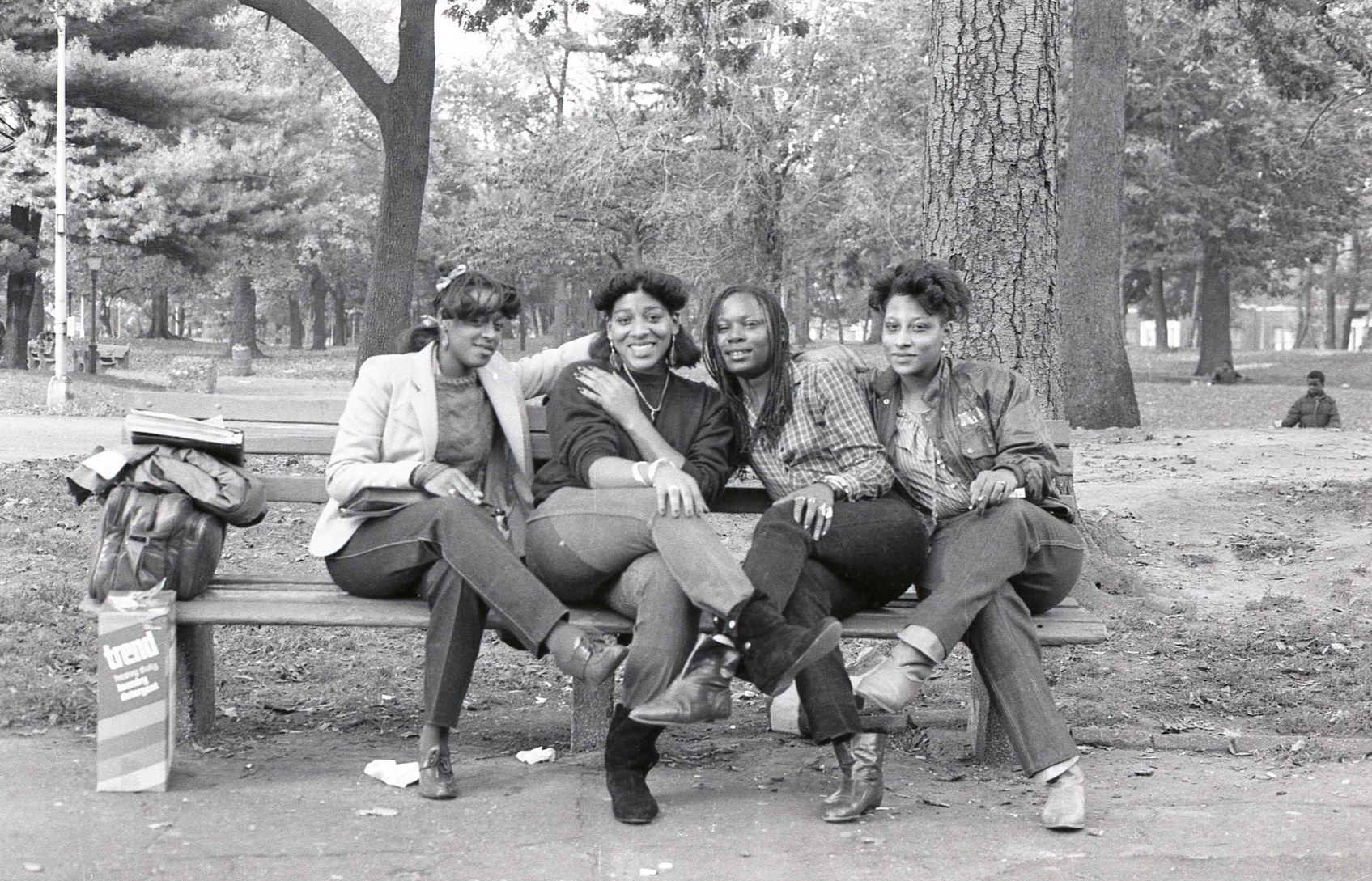 Jamel Shabazz’s photographs are a love letter to Prospect Park
Jamel Shabazz’s photographs are a love letter to Prospect ParkIn a new book, ‘Prospect Park: Photographs of a Brooklyn Oasis, 1980 to 2025’, Jamel Shabazz discovers a warmer side of human nature
-
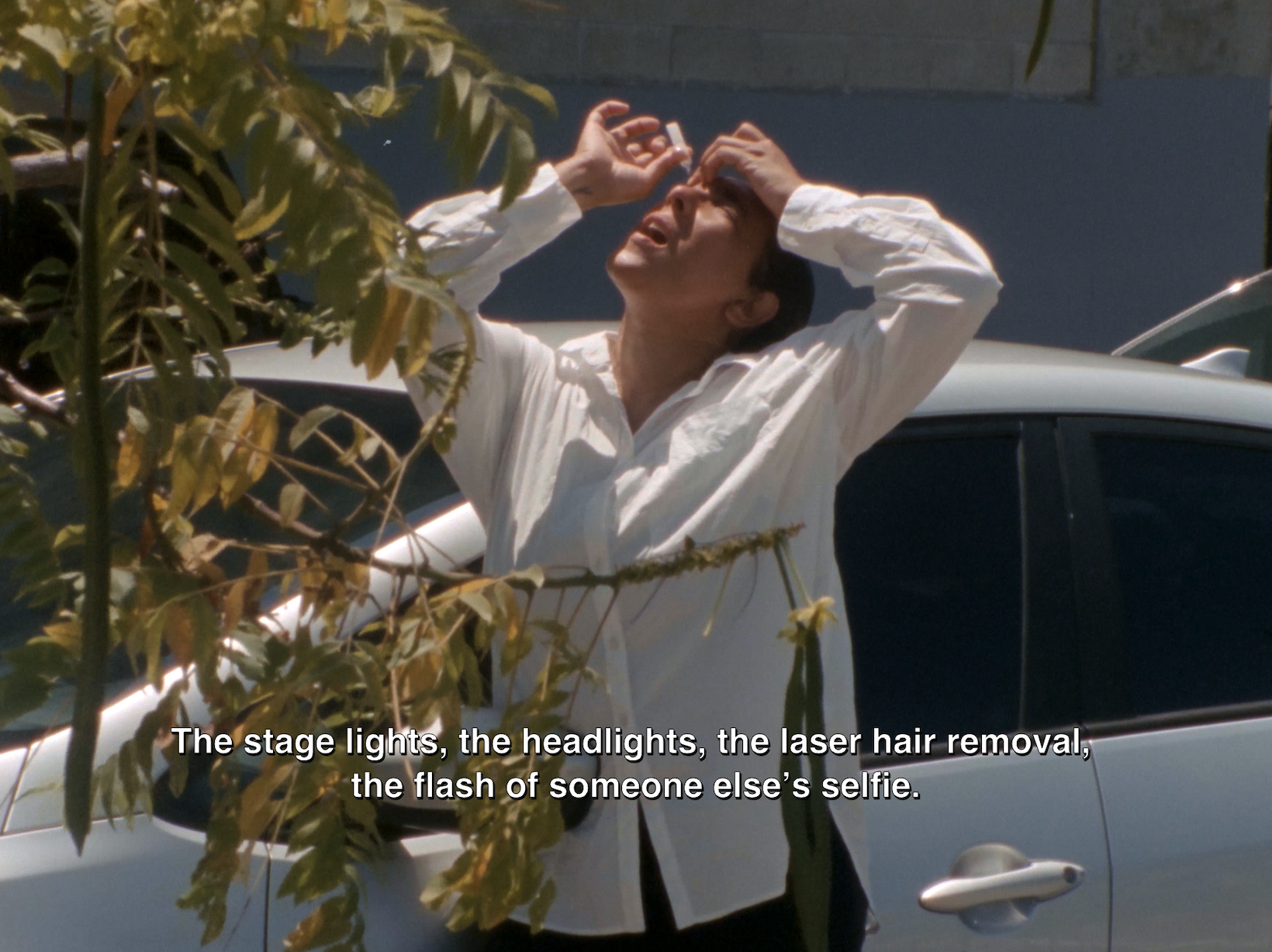 The Hammer Museum in Los Angeles launches the seventh iteration of its highly anticipated artist biennial
The Hammer Museum in Los Angeles launches the seventh iteration of its highly anticipated artist biennialOne of the gallery's flagship exhibitions, Made in LA showcases the breadth and depth of the city's contemporary art scene
-
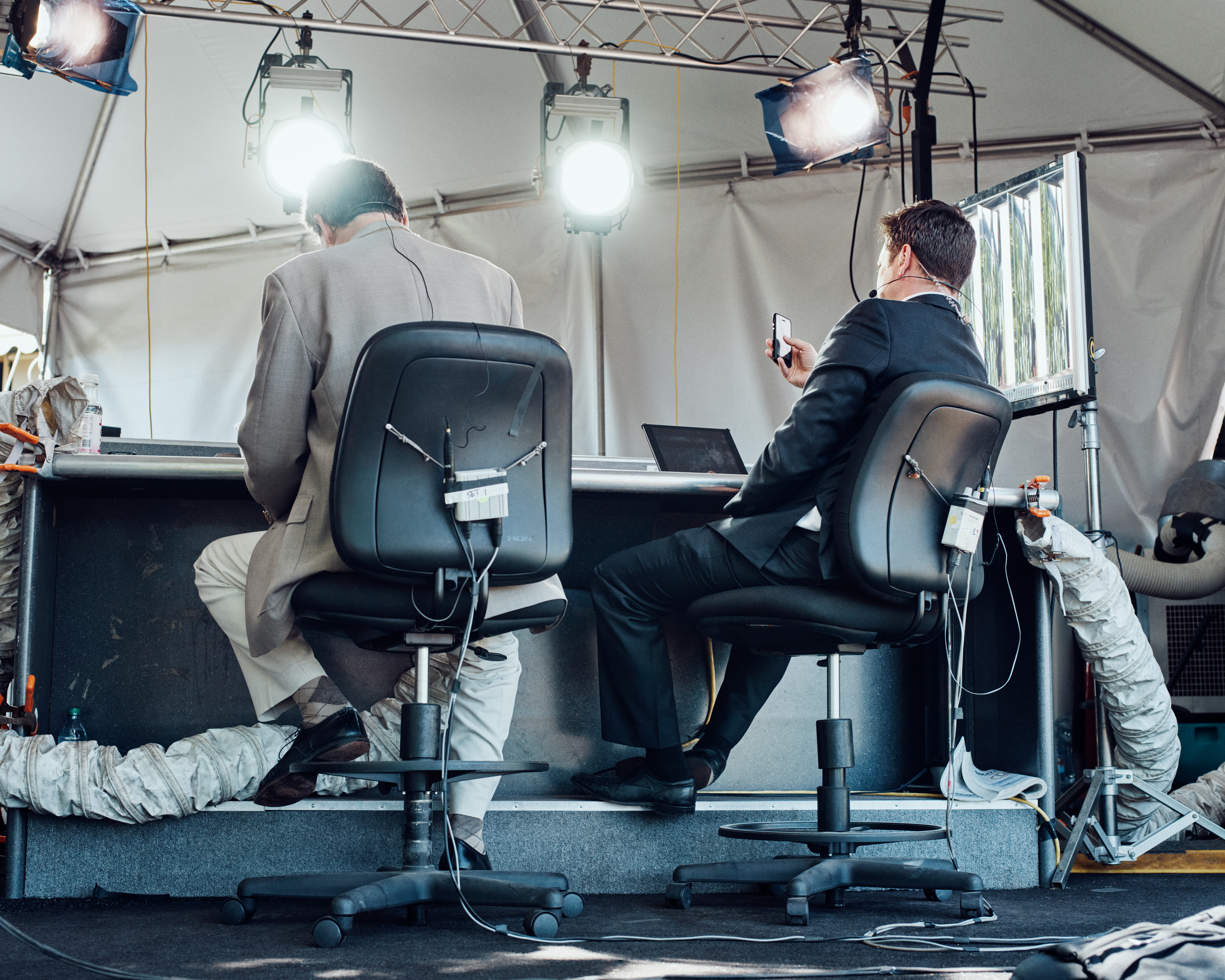 Thomas Prior’s photography captures the uncanny fragility of American life
Thomas Prior’s photography captures the uncanny fragility of American lifeA new book unites two decades of the photographer’s piercing, uneasy work
-
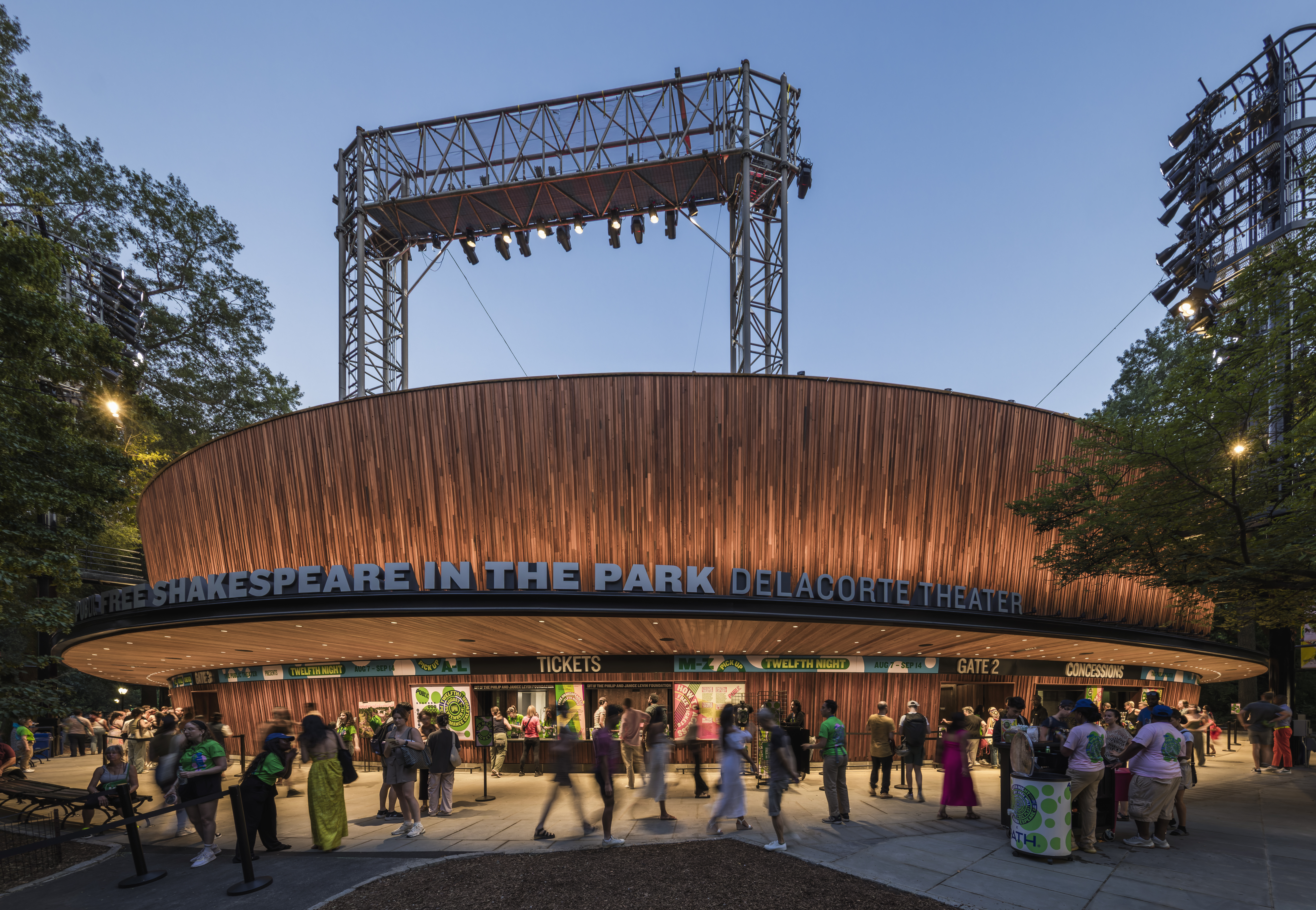 Central Park’s revitalised Delacorte Theater gears up for a new future
Central Park’s revitalised Delacorte Theater gears up for a new futureEnnead Architects helmed an ambitious renovation process that has given the New York City cultural landmark a vibrant and more accessible future
-
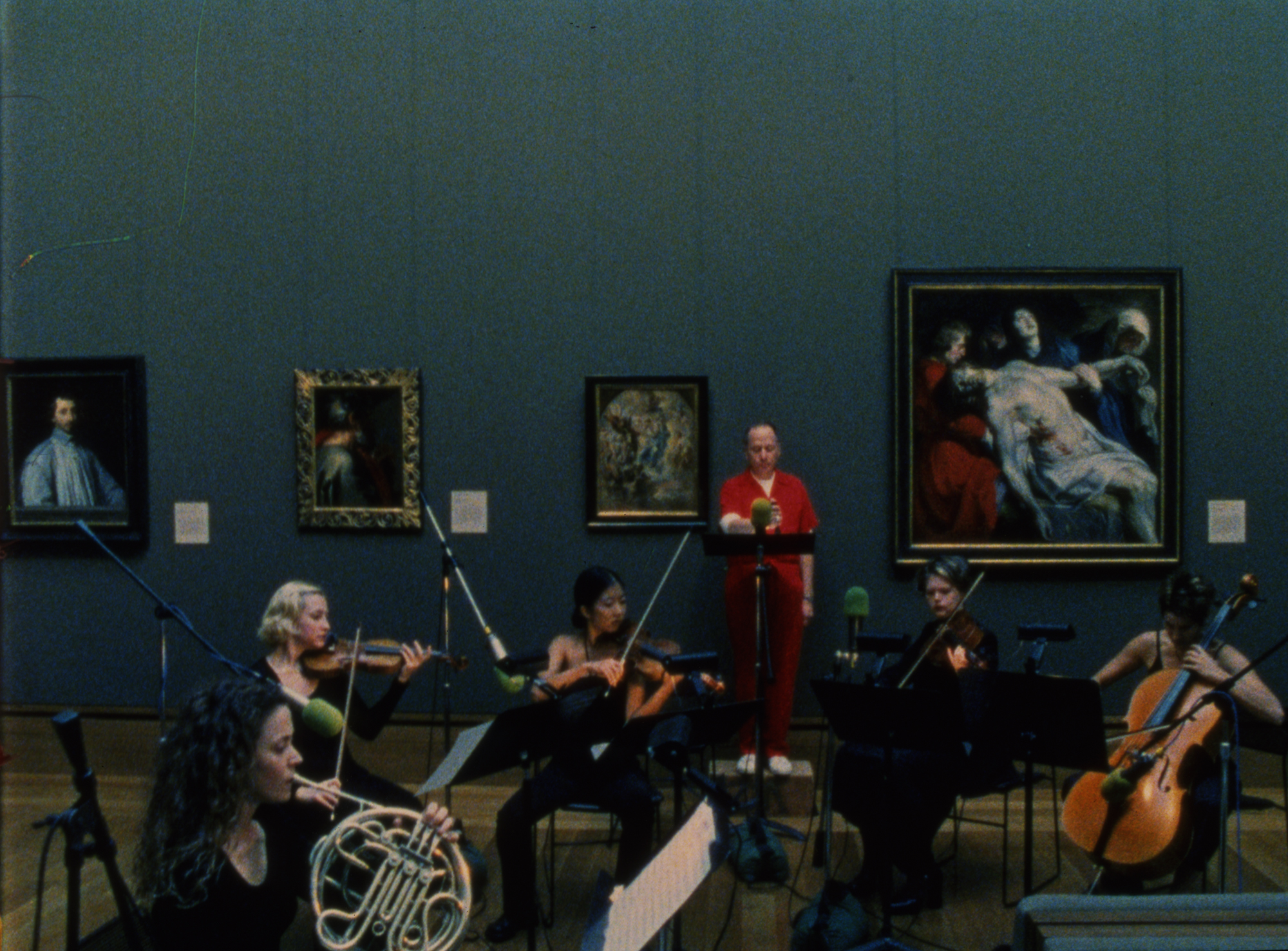 Stephen Prina borrows from pop, classical and modern music: now MoMA pays tribute to his performance work
Stephen Prina borrows from pop, classical and modern music: now MoMA pays tribute to his performance work‘Stephen Prina: A Lick and a Promise’ recalls the artist, musician, and composer’s performances, and is presented throughout MoMA. Prina tells us more
-
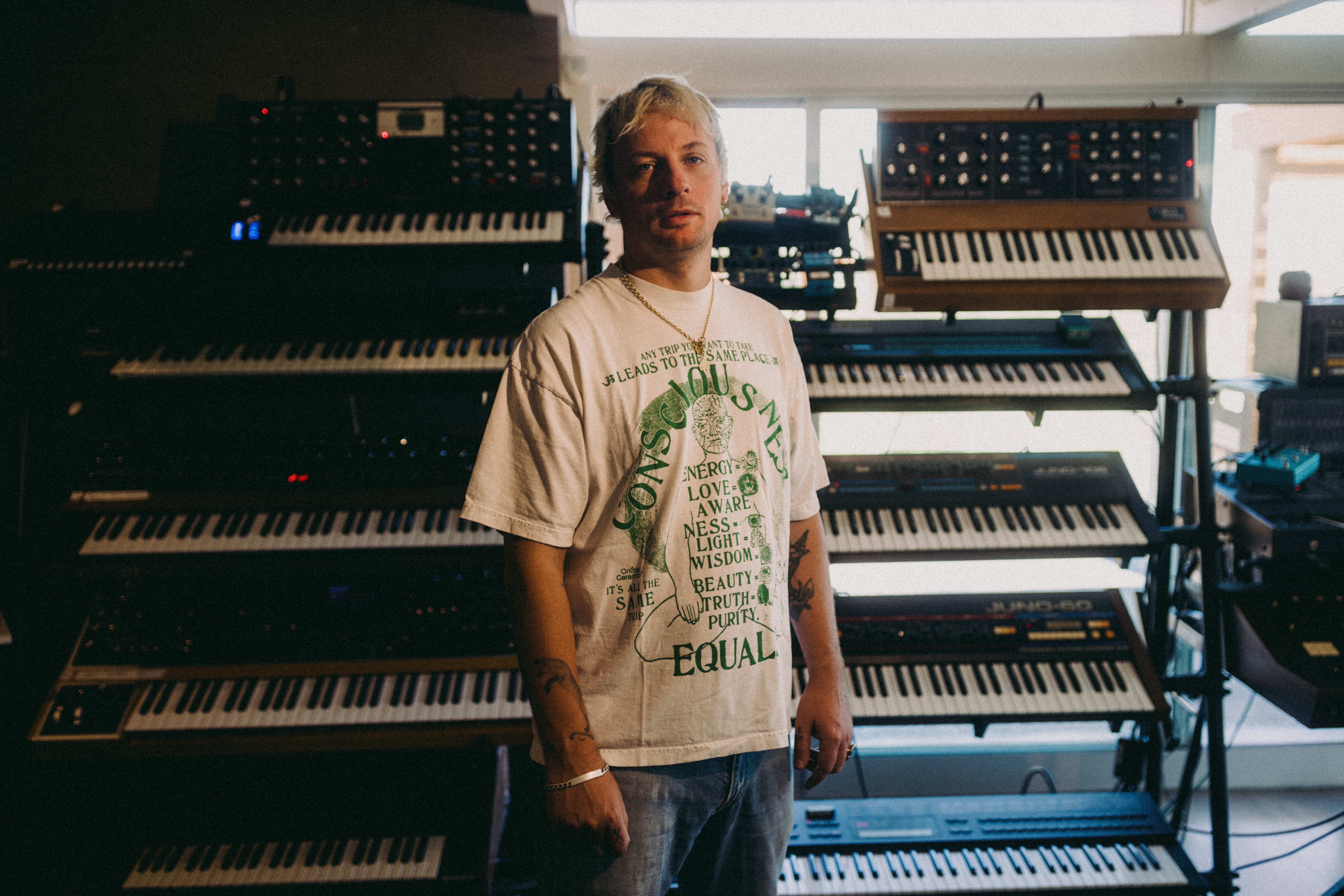 Curtains up, Kid Harpoon rethinks the sound of Broadway production ‘Art’
Curtains up, Kid Harpoon rethinks the sound of Broadway production ‘Art’He’s crafted hits with Harry Styles and Miley Cyrus; now songwriter and producer Kid Harpoon (aka Tom Hull) tells us about composing the music for the new, all-star Broadway revival of Yasmina Reza’s play ‘Art’
-
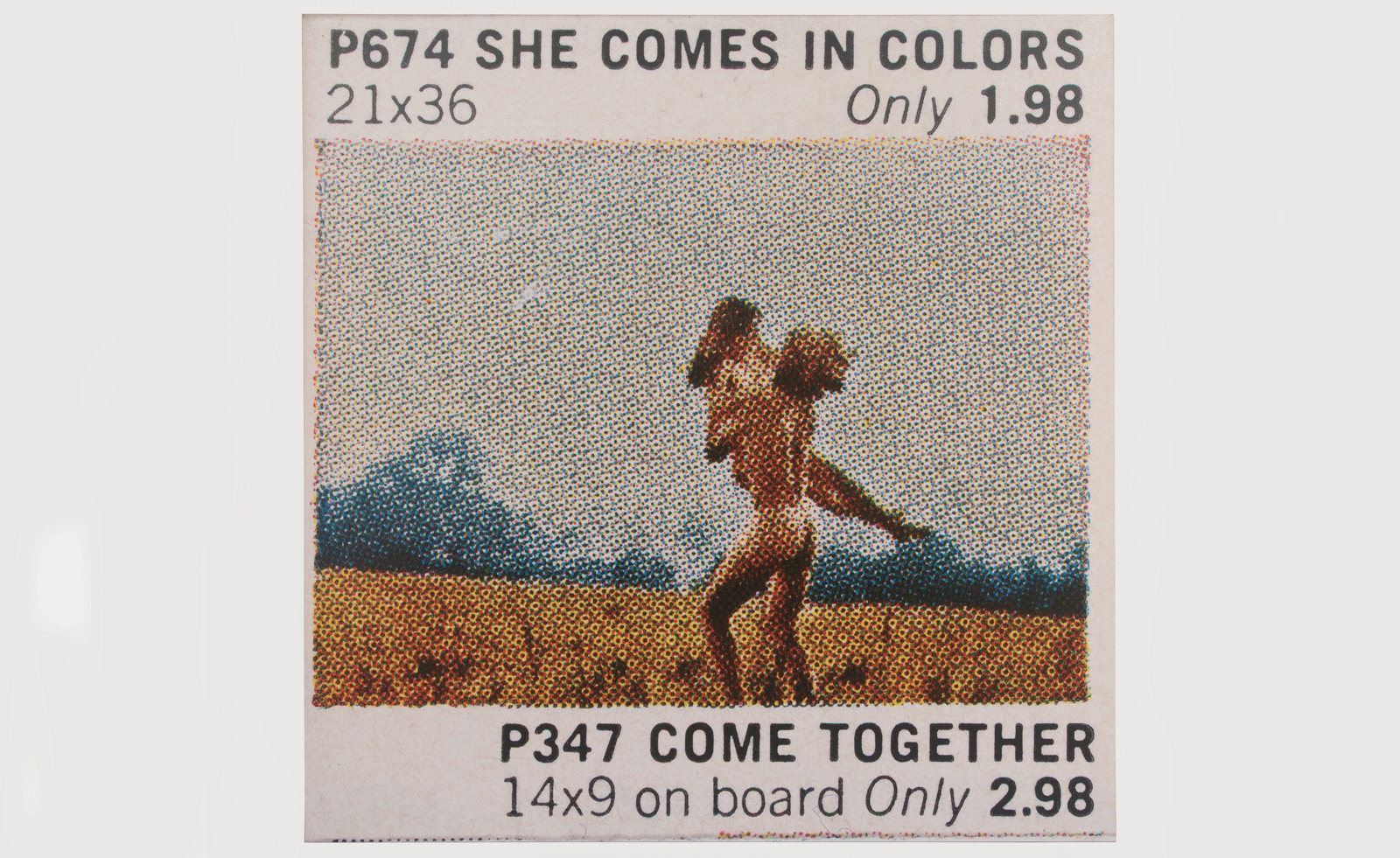 Richard Prince recontextualises archival advertisements in Texas
Richard Prince recontextualises archival advertisements in TexasThe artist unites his ‘Posters’ – based on ads for everything from cat pictures to nudes – at Hetzler, Marfa
-
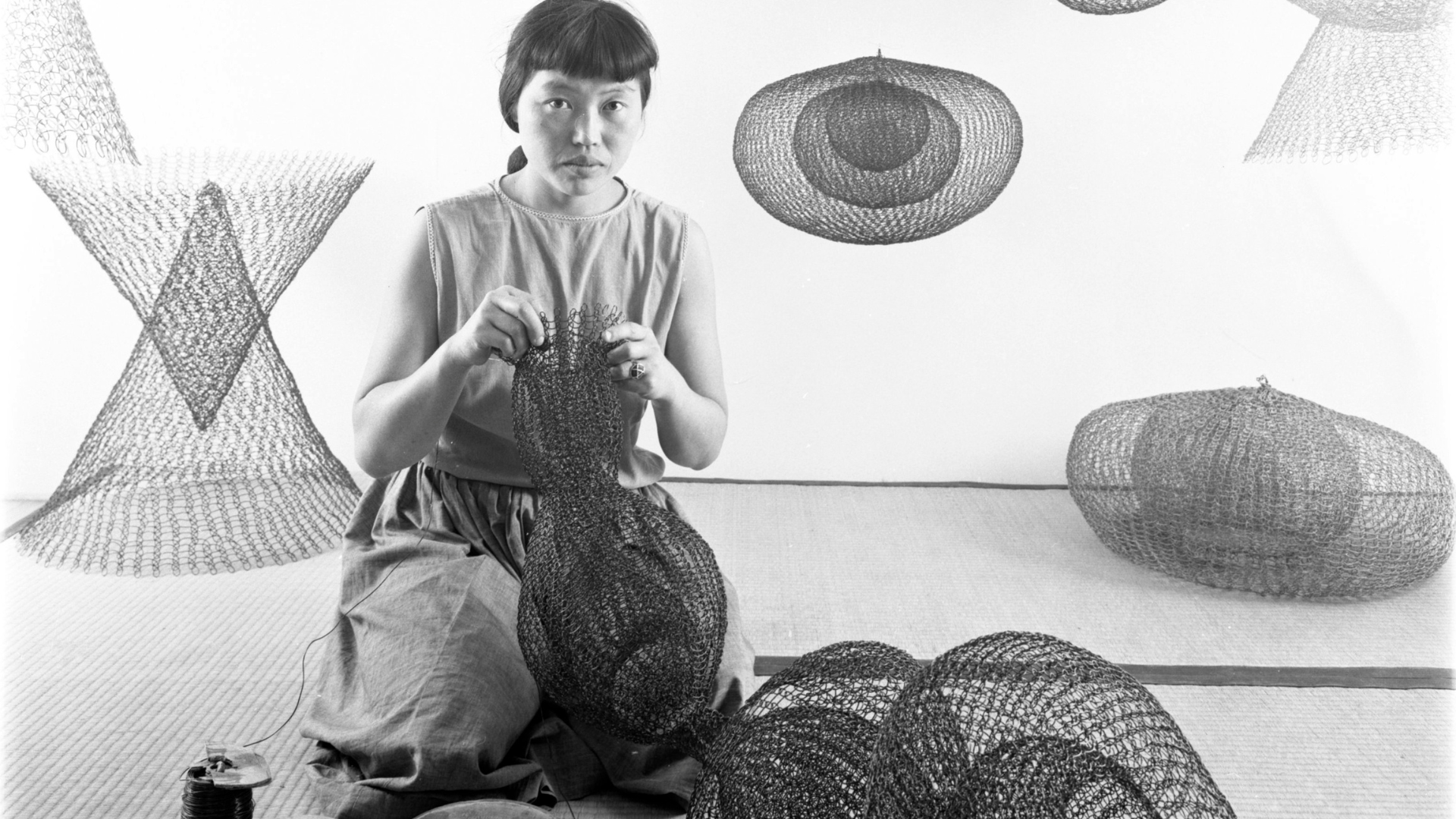 The best Ruth Asawa exhibition is actually on the streets of San Francisco
The best Ruth Asawa exhibition is actually on the streets of San FranciscoThe artist, now the subject of a major retrospective at SFMOMA, designed many public sculptures scattered across the Bay Area – you just have to know where to look